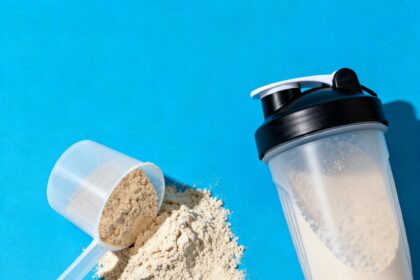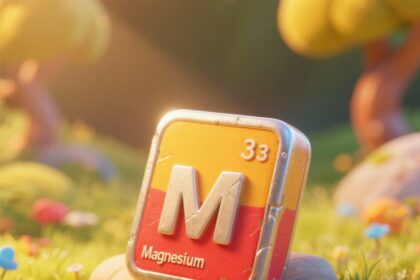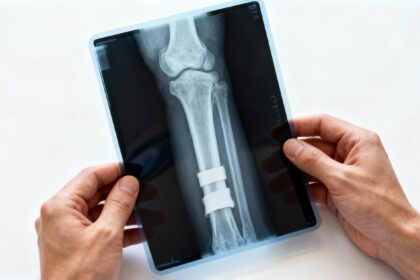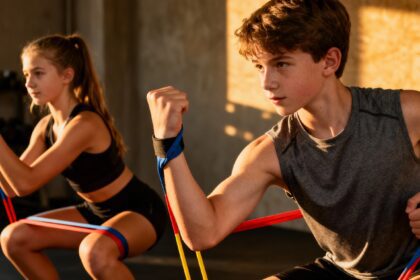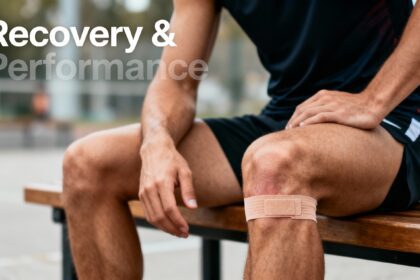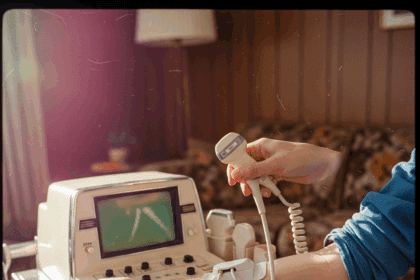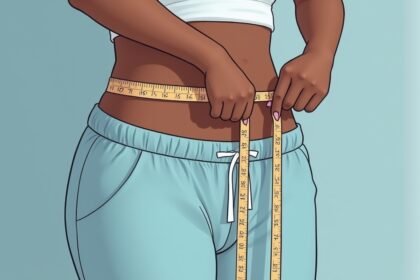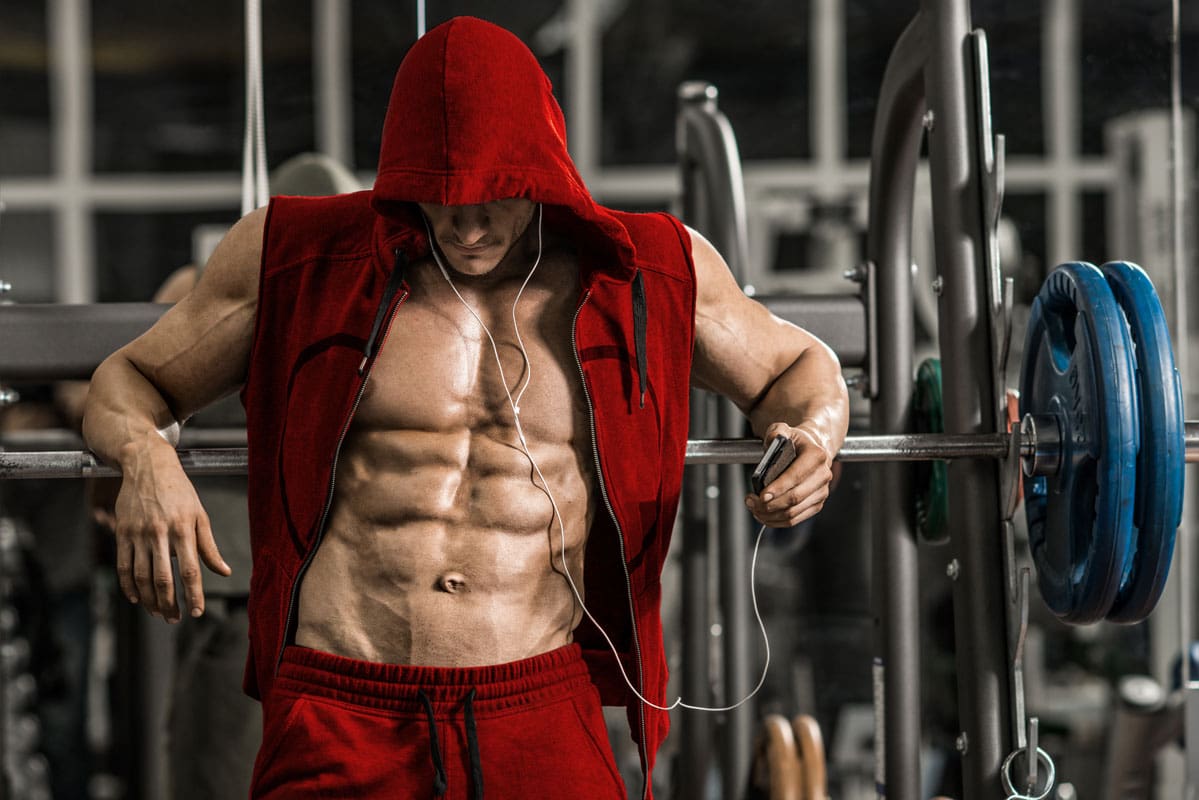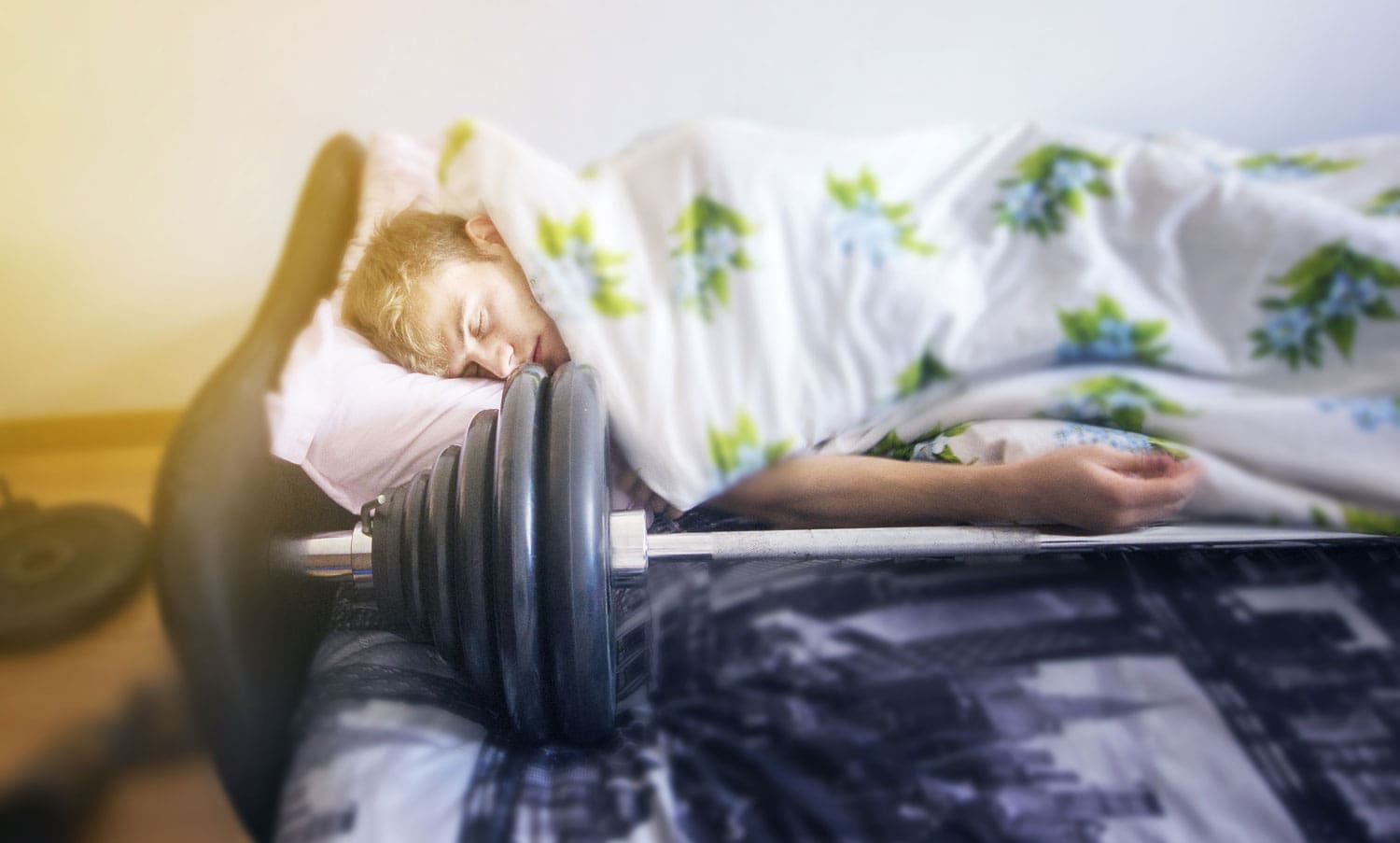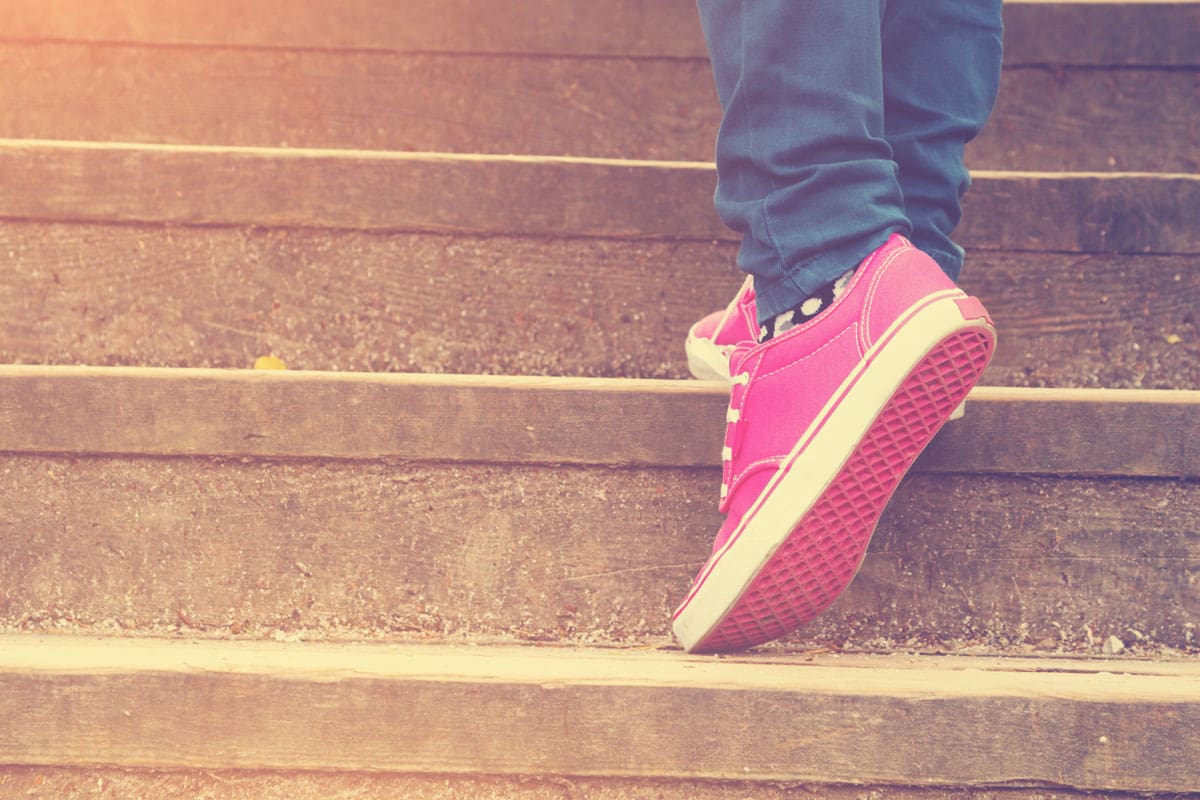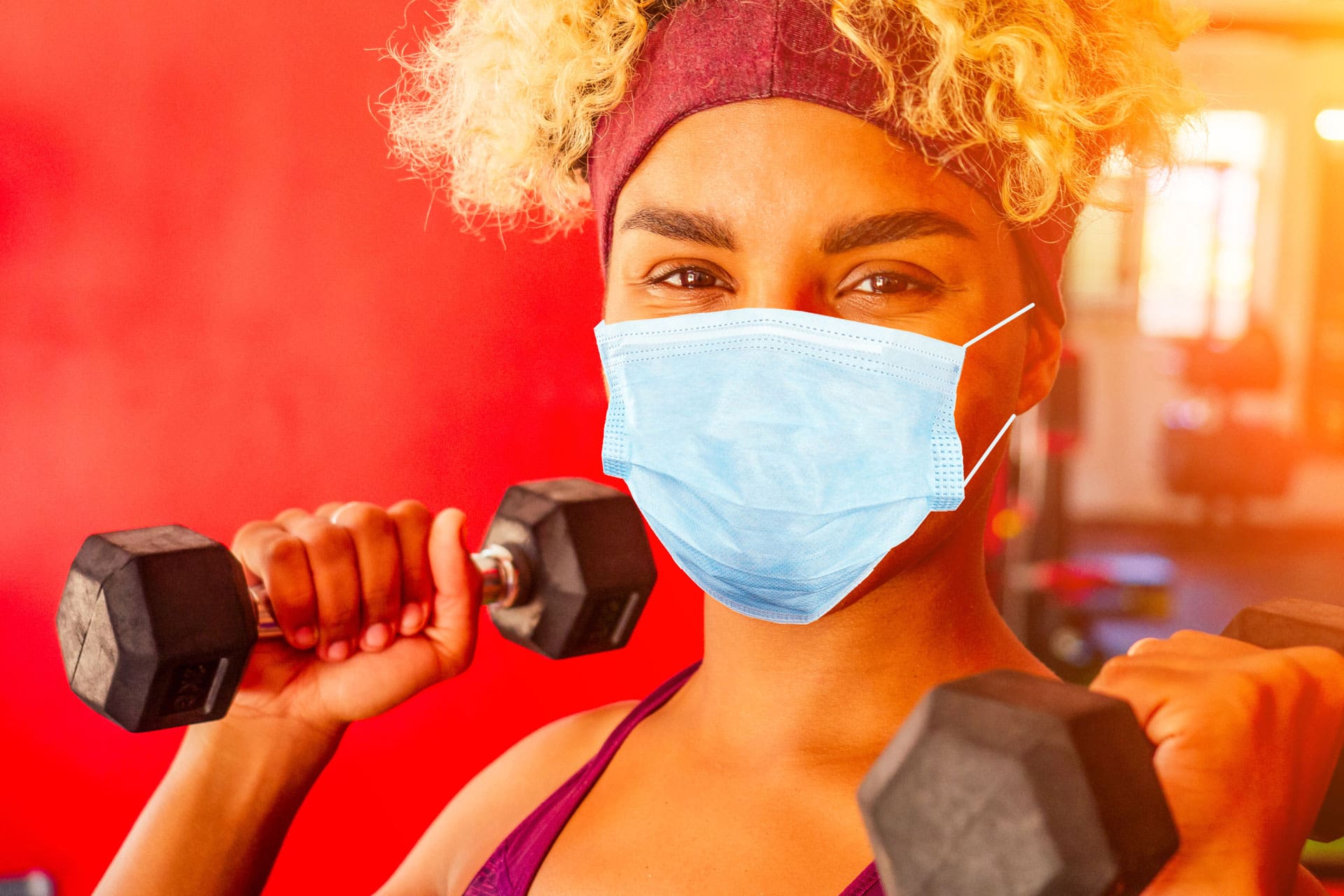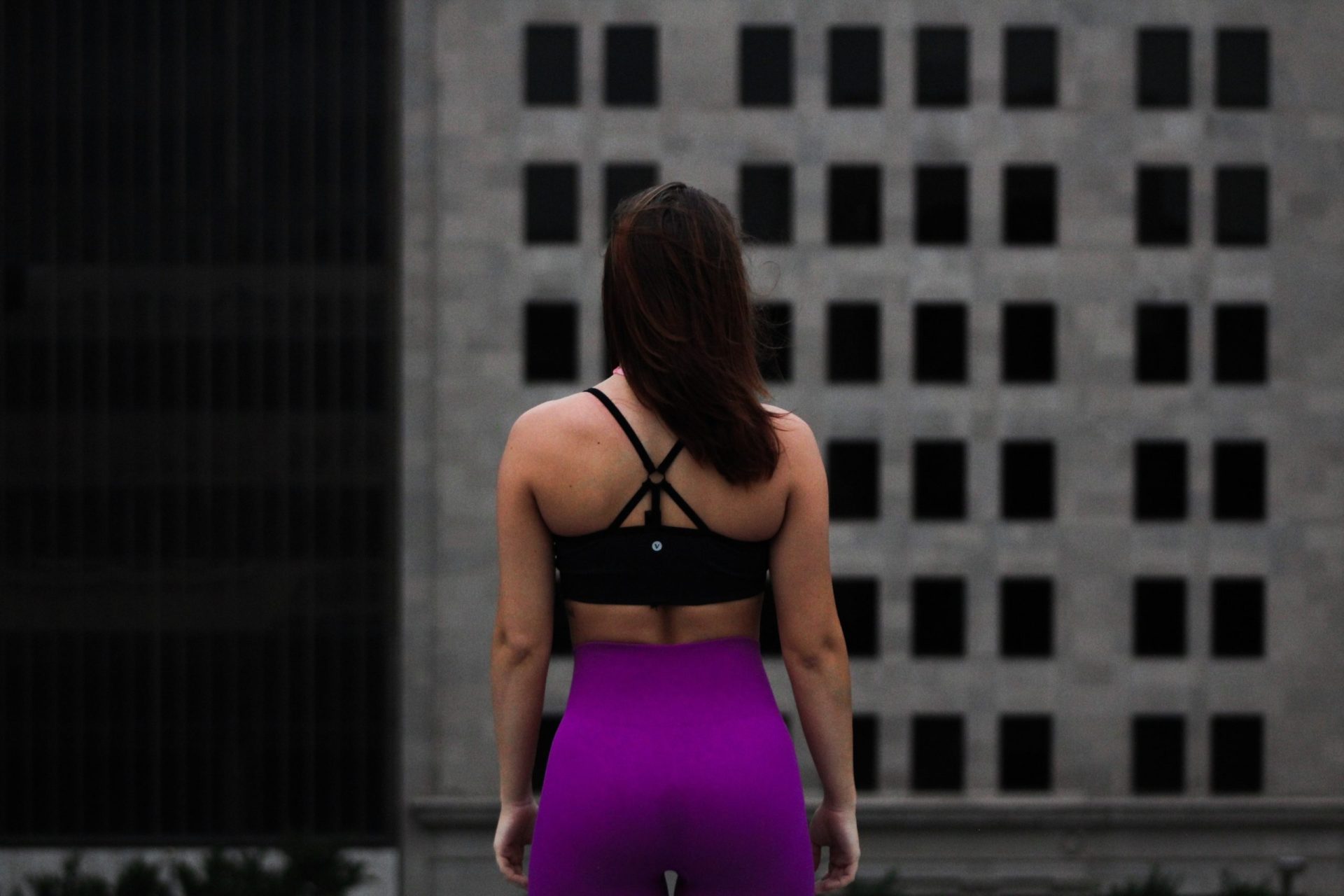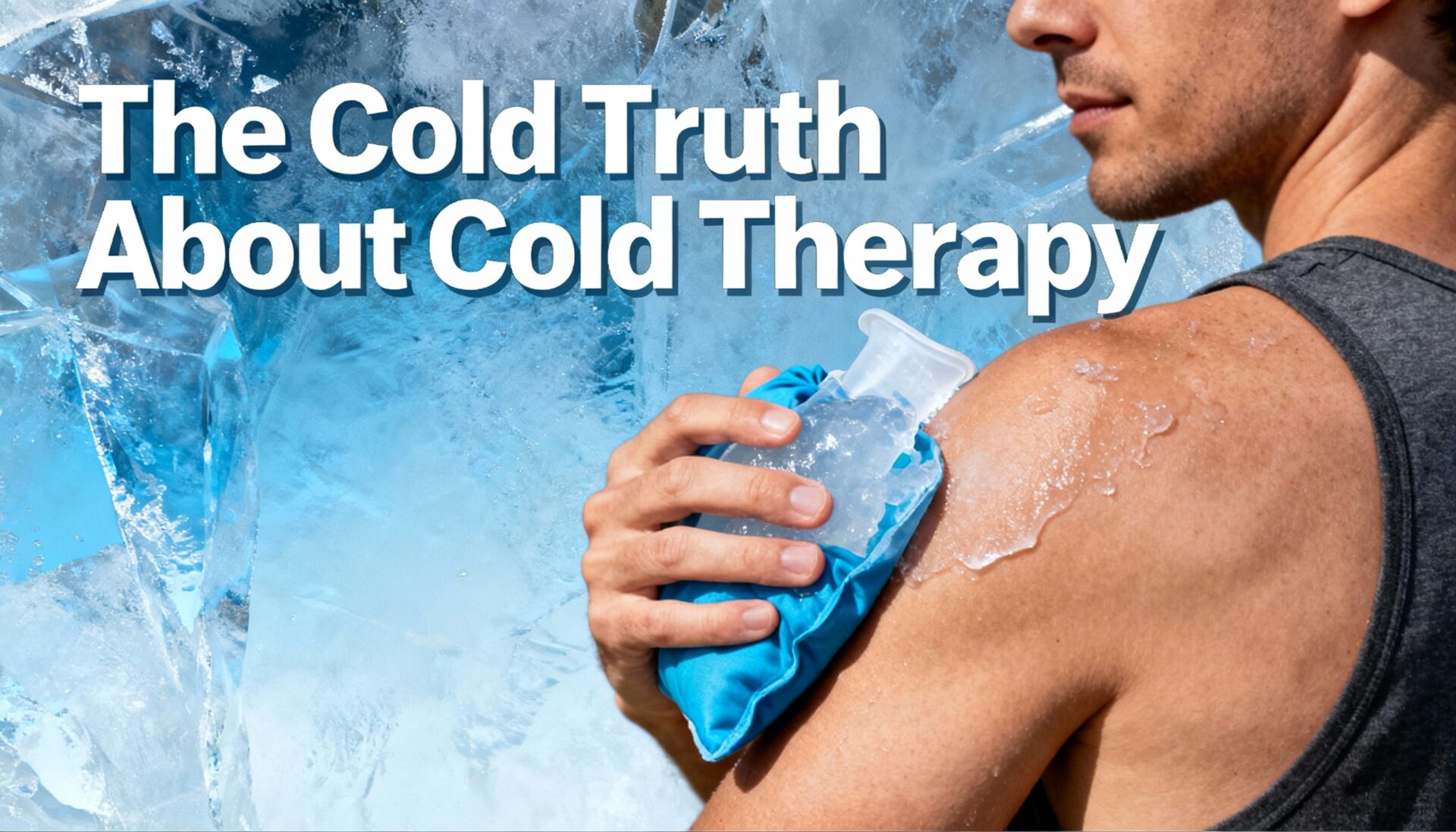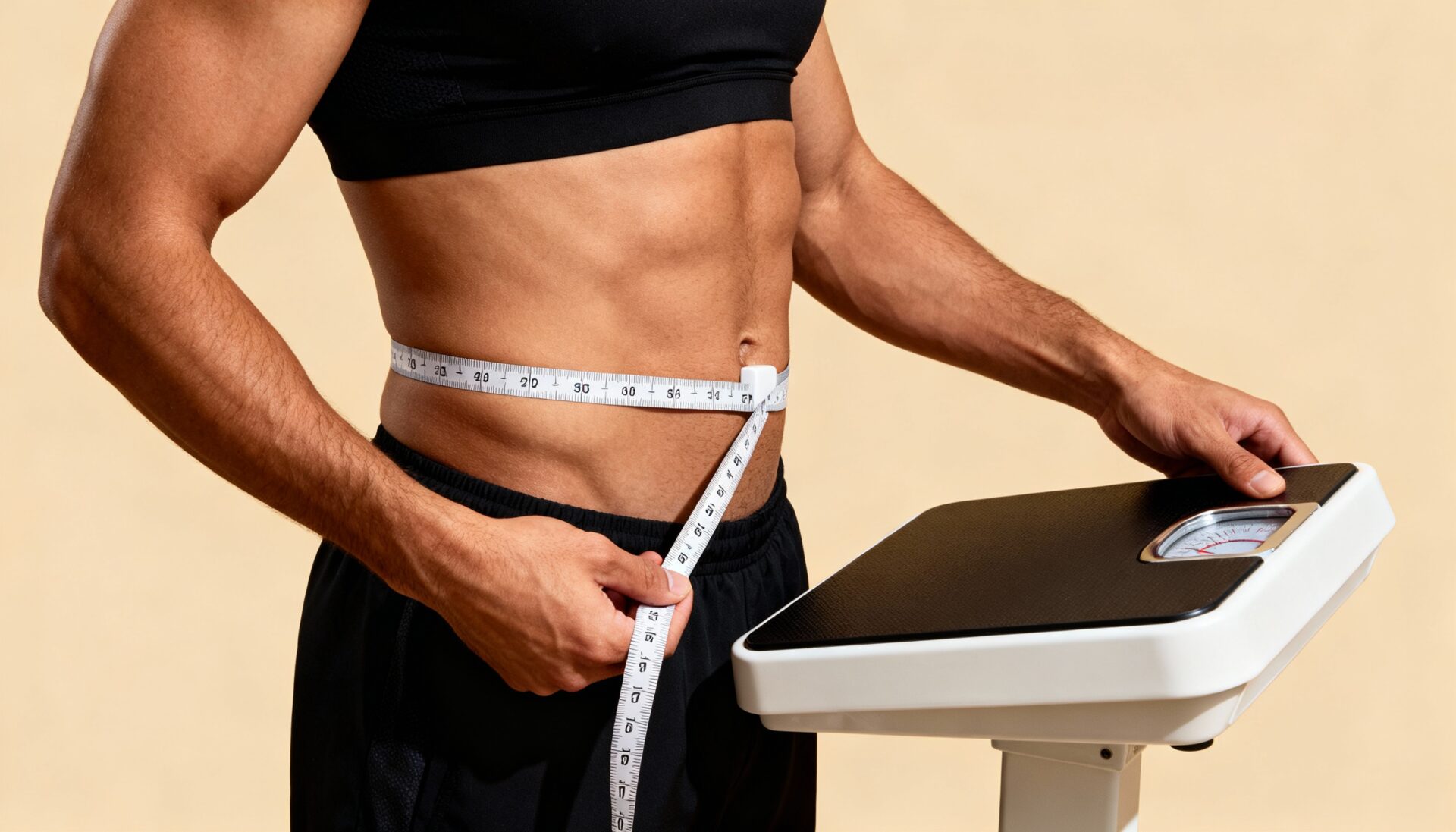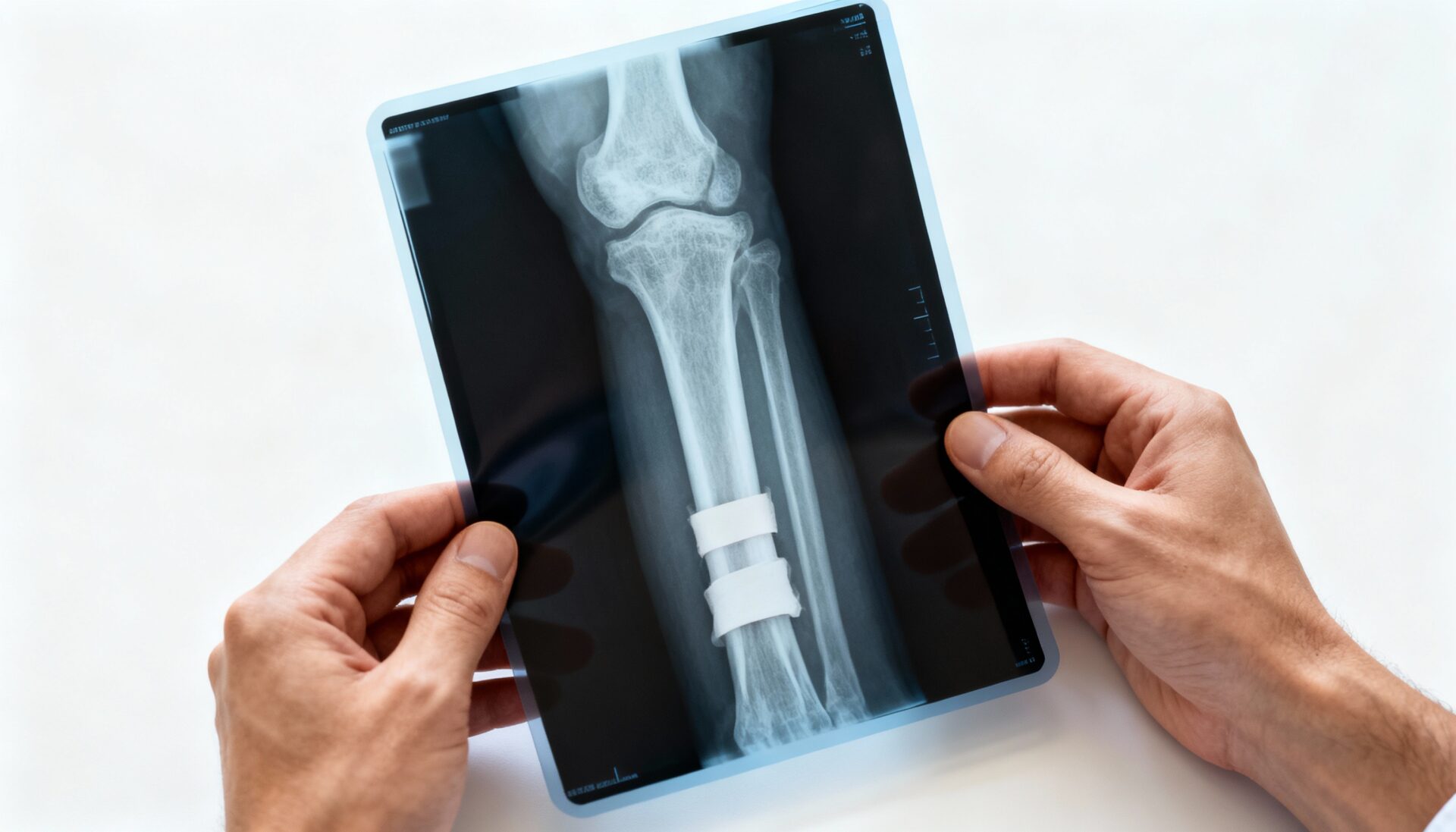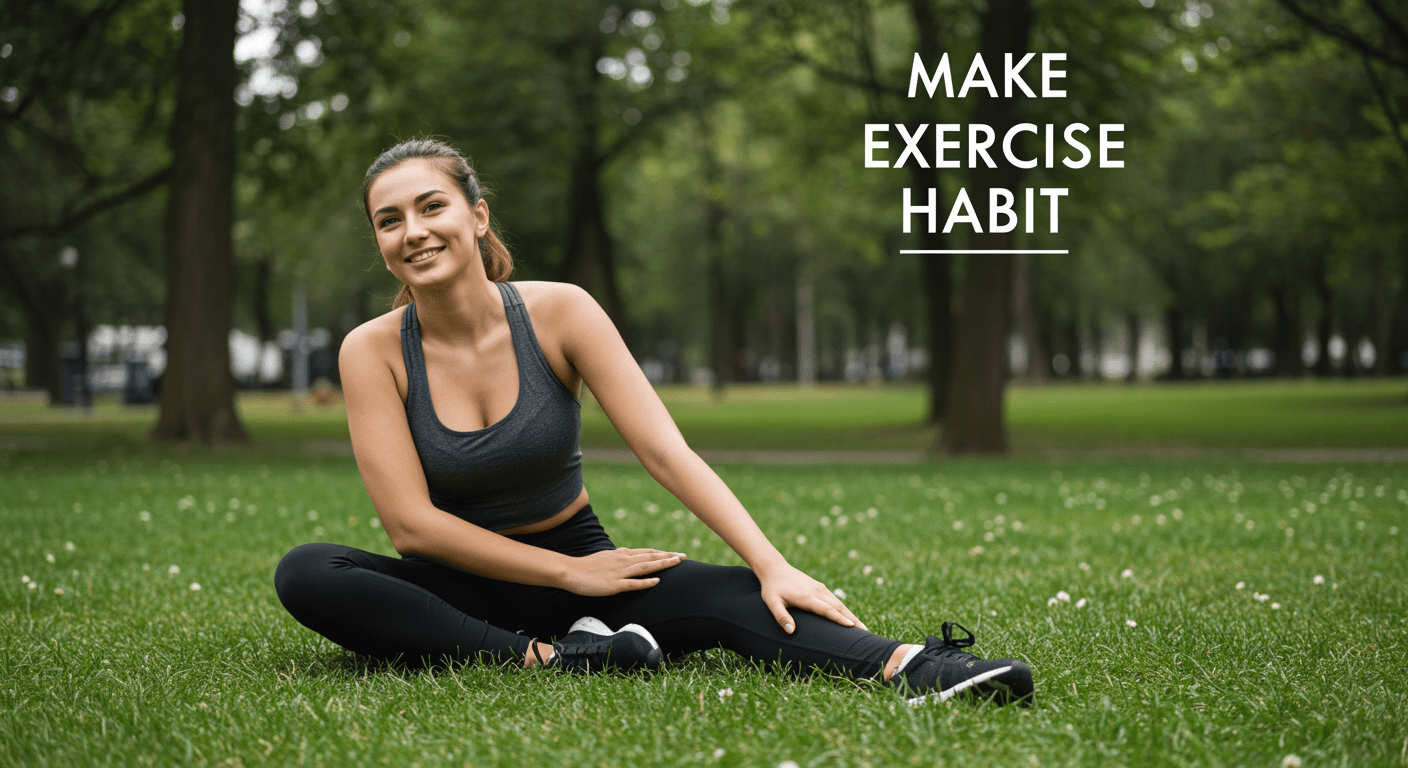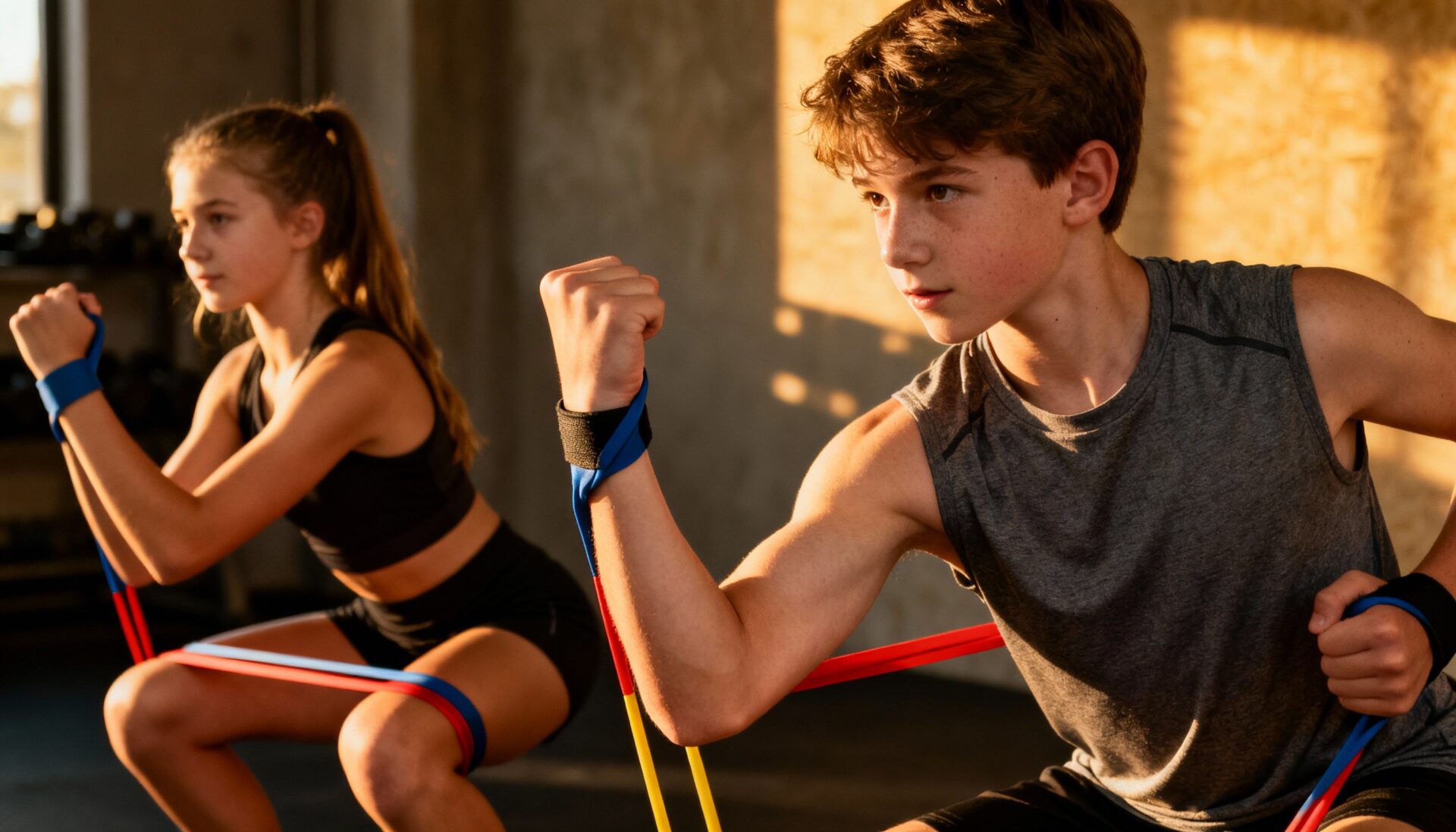“Spot Reduction” is the belief that fat can be targeted for reduction from a specific area of the body. This is a common belief that it is possible to achieve spot reduction through exercise of specific muscles in a desired area. For example, exercising the abdominal muscles trying to lose weight around the midsection. While it would be nice if this were possible, it is not.
By Joe Palumbo, IFBB Professional Bodybuilder
The myth has persisted largely due to the efforts of unscrupulous advertisers. Turn on the TV, and you’ll probably find an infomercial selling a dubious, scientifically unsound weight-loss product. Many such products claim to spot reduce fat. For example, certain devices claim to eliminate fat by electrically stimulating muscles. Don’t believe the hype! If it sounds too good to be true, it probably is. It’s simply impossible for a person to influence where their body draws the fat that is metabolized into energy. Only a reduction in overall body-fat percentage gives the abs definition you desire.
Abs, the abdominals, the six-pack, the washboard, whatever you want to call them, they stand out! It is a universal look that brings both pride and envy. Abdominal are one of the first things seen. They magically give you the appearance of a fit, healthy, strong and sexy body. Just because the so-called “spot reduction” is a myth, it does not mean you that should not strengthen your midsection. Abdominal and core muscles are just like any other muscle group, and should be trained accordingly. The abdominal muscles are a key component of the muscular network providing the strength for movement and to keep the body upright. Unlike other body parts that have days off from training, your abs are constantly at work.
The abdominal muscles hardly rest, as they are exercised through bodily movement in everyday life. Whether you’re training or conducting any physical Activity of Daily Living (ADL), you rely on a strong midsection for sustained intra-abdominal pressure. For years, health industries have been telling people that strong stomach muscles attained through abdominal exercise and back exercises greatly reduce the likelihood of back pain. They also provide protection against injury by responding efficiently to stresses. In the modern world of quick fixes and misleading gimmicks, the media has not been presenting proper or realistic ways to train the abdominals for a strong midsection. Truthfully, for your abs to really “pop,” you need to have a low body-fat percentage and highly developed core muscles.
It is best to train the abdominal muscles in sections; upper, upper and lower, lower and sides.
Best Exercises
UPPER- Floor Crunches, Decline Sit Ups, and Crunches (knees bent)
UPPER AND LOWER- Reverse Crunches and Machine (or Pulley) Reverse Crunches
LOWER- Hanging Leg Raises or Flat-Bench Leg Raises
SIDES- One Arm Cable Crunches and Rotate-Trunk Twist Crunch
The traditional “ab crunch” is the best choice to work the upper rectus abdominis muscle. However, to train the entire muscle, you need to modify the crunch by doing reverse crunches (bring your knees to your chest) to work the lower rectus abdominis. The oblique muscles (along the sides) assist in forward flexion, but to get the true six-pack “look” you need to add a rotation/twist movement. Remember: there are four different muscles that need to be trained. Abs should be trained slowly and deliberately, with concentration and fully flexing (squeezing) the area for one or two seconds. Visualize your abdominals being formed. This will help you target the workout on the specific muscles you are trying shape and strengthen. Breathing out on the crunch will apply more resistance to the muscles.
Here is a sample of my “Gut-Wrenching Abs” routine. I work the abdominals 3-days a week in sequence, starting with the upper abs, then the lower abs. Finally, I finish with the side abs.
For each of the following exercises, I perform 2 sets with 20 to 30 reps.
CRUNCHES
Lie on the floor with knees bent. (I prefer to rest my legs on a bench.) Your hands should either be crossed over your chest or over your ears. Then, crunch up. Hold and squeeze for a 3-count, and breathe.
REVERSE CRUNCHES
Sitting at the end of a bench, hold the sides with your knees bent and feet slightly raised from the floor. Your upper body should be slightly leaning back. Slowly bring your legs up to the chest. Hold and squeeze for a 3-count, and breathe.
HANGING LEG RAISES
Either hanging from a chinning bar, or using a leg raise machine, bend your legs about 15 degrees while keeping the knees bent and relaxed! Concentrate on using your abdominal muscles to raise your legs upward until they are level with your hips. Hold and squeeze for a 3-count, and breathe. If you do not have a chinning bar, the same effect can be accomplished by lying flat on a bench. Place your buttocks near the edge while holding the sides. Keep your knees slightly bent, and bring the legs upward. Don’t raise them too high, just enough to feel continuous, uninterrupted resistance.
ONE ARM CABLE CRUNCH
Take an overhand grip on the cable-pulley machine. Stand, with your side facing inward towards the machine. Bring the pulley down to your head and keep it stationary. Now, bend your upper torso down and across to the side of the muscle you are training. At full contraction, your elbow should point to the outside of your leg. Concentrate on the specific muscle you are working. Hold and squeeze for a 3-count, and breathe.
Please note: If any of the above exercise seems too easy, you’re probably not doing them correctly! Slow down, concentrate, and control your movements. Quality is always better than quantity! Start out slowly. Use fewer reps, fewer sets, lighter weights and increase gradually.






